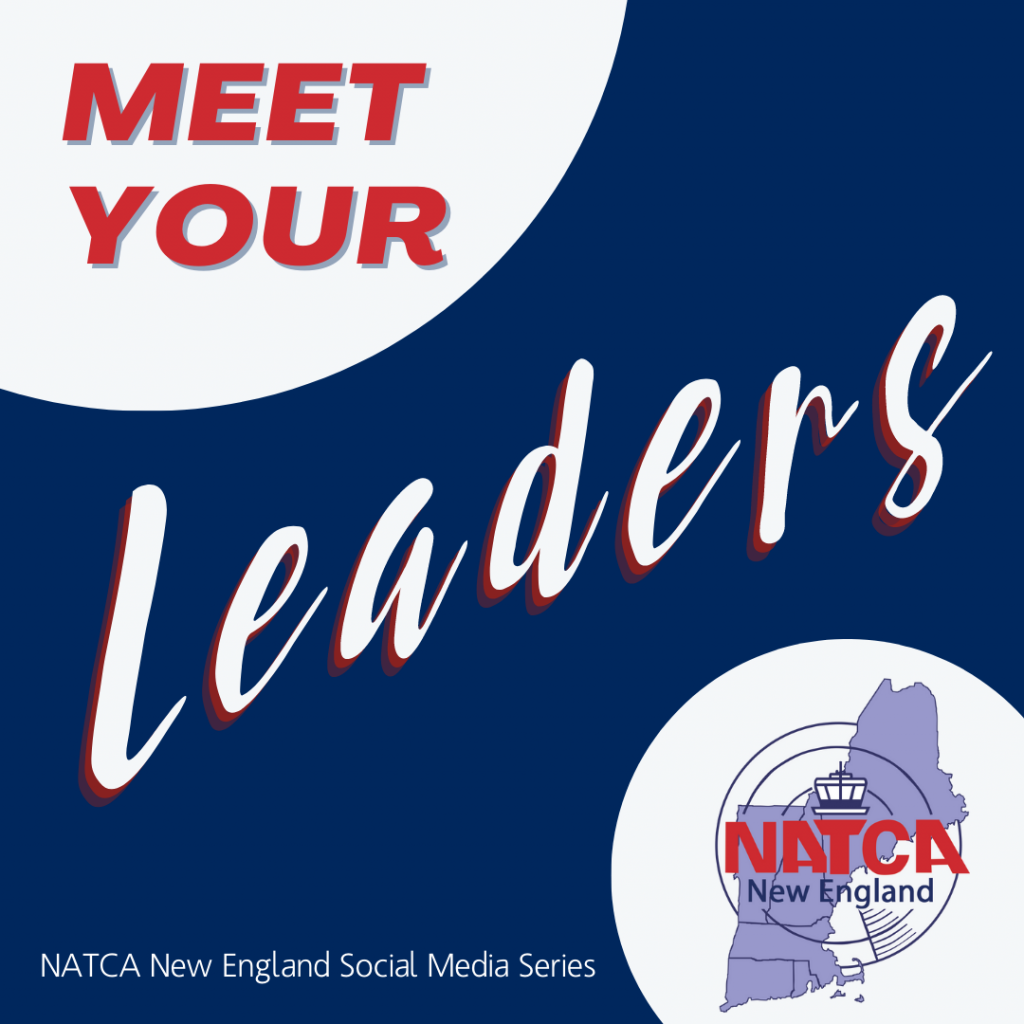
July 2023 New England Bi-Monthly Regional Update #2
From Bryan Krampovitis, NATCA New England ARVP
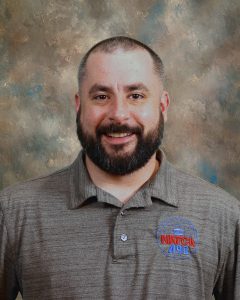
You may have noticed the posters around work advertising the open season for NATCA’s UNUM long-term disability insurance. I wanted to take a moment to explain the details of this important benefit that NATCA offers.
In New England Region, most of our members are required to hold a medical to perform their job. NATCA UNUM insurance can be described as insurance for your medical. If you were to lose your medical clearance, you could be assigned alternative duties in your building. However, what if those duties are not available? Or worse, if your physical condition prevents you from coming to the building to perform other work? This is where NATCA UNUM insurance becomes crucial. Once you reach the 90-day elimination period, which is usually covered by working other duties and various leave (sick, annual, etc.), you can start receiving a claim from UNUM for the loss of your medical clearance.
So, what does UNUM pay?
UNUM will provide you with 50% of your monthly wages that you have lost, up to $5,000 per month. It’s important to note that in most cases, this amount is tax-free. Additionally, this payment is not solely based on your straight pay; it also includes lost night differential, CIC pay, and any other differentials you would normally be earning. This payment will continue for up to 5 years or the duration of your disability, whichever is shorter.
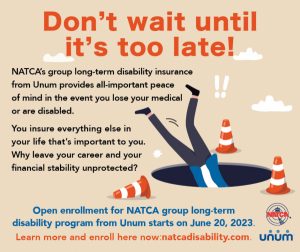
How much does UNUM cost?
Now, let’s talk about the cost. UNUM LTD insurance costs $37 per pay period for most CPCs. However, some newer CPCs or developmentals may have a reduced cost of $33 per pay period due to lower income. For just $962 per year, you can be covered for up to $300,000 of coverage.
Currently, it is UNUM LTD open season, which ends on September 20th. If you already have UNUM insurance, I encourage you to discuss this important coverage with your co-workers and encourage them to sign up. Furthermore, there is currently an incentive for each referral, and all new enrollees will be entered into a drawing for a $50 gift card.
Please be aware that there are some limitations, so I encourage you to read all the information provided at NATCAdisability.com.
Collaboration
From Curt Fischer, Collaboration Facilitator, Eastern Service Area North, A90
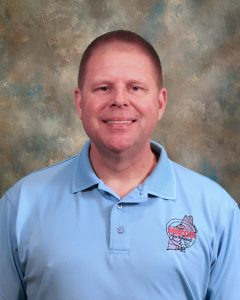
In July and August, your Eastern Service Area North Collaboration Facilitators will be focusing our efforts on assessing collaboration in New England. We will spend a week at PVD, PWM, and MHT conducting Collaborative Health Assessments at each facility with the goal of interviewing at least 50% of the workforce across the spectrum. That means not just controllers but trainees, staff support, supervisors, operational managers, etc. The assessment called a CHA is an important component for ensuring that collaborative skills taught to managers and NATCA reps in Collaborative Skills Training (CST) are producing the intended benefits at the facility level.
Just as a good coach checks in with their athletes and offers encouragement and suggestions for further improvement, the CHA report crafted from the week with the workforce is much the same. When looking to foster collaboration to enhance the work life and productivity of employees it is crucial to listen to the workforce. Spending time in facilities doing this work aids leaders to reinforce what is working at a facility, improve what is not, uncover blind spots, and to bring awareness to the importance placed on collaboration in the ATO. Collaboration done correctly produces better results and the CHA is an important tool in helping facilities do just that. We look forward to seeing you at your facility.
Labor-Management Relations
From Lisa Fulford, NATCA New England LR Coordinator, A90
I have officially taken over as LR Coordinator for New England from Carrie Cassano. Thank you Carrie for your time and hard work, as well as for helping me transition into this role.
The NATCA New England LR team met with the agency on June 27th and June 28th for Pre-Arbitration Review(PAR), in front of a “neutral.” NATCA’s grievances were presented by LR Lead Nick Marangos (A90) and ARVP Bryan Krampovitis (BDL), with Carrie Cassano and Lisa Fulford supporting.
On Tuesday, NATCA presented and defended 7 grievances. The grievances that were filed and presented were from ZBW, BOS, Y90, and A90. Based on the information presented by NATCA and the Agency, the Neutral’s decisions were in favor of the agency for 5 of the grievances and in favor of the Union for 1 grievance. The Union withdrew 1 grievance based on evidence presented by the Agency.
On Wednesday, NATCA presented and defended 5 grievances. The grievances that were filed and presented were from ZBW, A90, and BED. Based on the information presented by NATCA and the Agency, the Neutral’s decisions were in favor of the agency for 3 of the grievances and in favor of the Union for 2 grievances.
Based on the decisions, the NNE LR team is submitting one grievance to the National Grievance Review Team (GRT) for consideration of going to arbitration. We also submitted nine grievances to the GRT with the intention of holding timelines in order to discuss the nine grievances with our RVP, Mick Devine.
Currently, we are gathering information for the grievances that have been filed in the last two months for Quarter 3 PAR. We will be building our cases in the next two months, so we may defend the contract and continue to protect our Union members. If you believe the agency has violated the contract and you have been harmed, please speak with your Area Rep or FacRep and file a grievance.
Safety
From Seth Myers, NATCA New England Safety Rep, ZBW

I wanted to take this opportunity to talk about two review processes that are outlined in the ATO Quality Control Order 7210.634A. Years ago the ATO moved to a systemic outlook of safety. This outlook places more value on discovering why adverse safety occurrences happen, and identifying risk, rather than determining who was at fault.
Chapter 4 of the 7210.634A outlines Service Reviews. Service reviews are tools to be used for the ongoing evaluation and improvement of Service Delivery Point services and to validate suspected systemic issues or best practices. These reviews can be event-driven but should also be performed randomly as set by the facility QC order. I will briefly review two of the 4 reviews outlined in this chapter, System Service Review (SSR) and Traffic Management Review (TMR).
A System Service Review (SSR) is a process to review the air traffic services provided by a facility. These reviews are a collaborative, in-depth, comprehensive look at services provided by our facilities. SSRs may be random, scheduled, due to public inquiries, requested by the Quality Control Group, Air Traffic Manager, General Manager, Director of Safety, or as a follow-up to know operational activities (post event). SSR’s must be conducted post-event for any non-fatal accident or occurrence color-coded yellow or red during a Services Rendered Telcon (SRT) as outlined in FAA order JO 1030.3. The collaborative review process for an SSR is outlined in the 7210.634A. The review team will look at many aspects which will include, replay data, voice data, landline calls, training, MBI’s, traffic management initiatives, airspace, LOAs, directives, customer feedback, and many other factors.
A Traffic Management Review (TMR) is a collaborative, in-depth, comprehensive review to evaluate the effectiveness of a facility’s traffic management operations and the impact of system efficiency. TMRs may be event-driven, randomly scheduled, associated with a special event, or at the request of management. The TMR review process is outlined in 7210.634A. During this process, the collaborative review teams will look at data to include performance metrics of TMIs, operations network delays, daily capacity, monitor alert parameters, runway configuration, as well data from adjacent facilities.
Each of these review processes may include employee interviews. These interviews are an essential element used to gain an understanding of what occurred during the period under review. Collaborative teams are encouraged to obtain multiple perspectives for these reviews. Employee participation is mandatory; however, interviews with any employee must be conducted in an atmosphere of shared concern that is designed to gain a better understanding of the operational environment. Any information obtained during these interviews is to stay within the Quality Control Review process.
These processes happen at all facilities within the National Airspace System. Have you ever been involved in a TMR or SSR? If you would like to see what these processes look like in more detail? You can find more information on them in JO 7210.634A chapter 4.
Training
From Karen MacCrate, NATCA New England Training Rep, ZBW

With summer in full swing, training is always a challenge. Between some of the busiest tracked days in commercial aviation, the extreme weather we have been experiencing in New England, and all of the prime time leave, training is difficult to not only facilitate, but can be exhausting mentally to trainers and trainees. As a district, the top 3 impediments over the past month are leave (annual/sick/other), CPC Staffing levels, and trainees used for staffing. When we can train, we are. I want to thank everyone in the district for working so hard to make training a priority despite all the challenges.
We still do not have an effective date for JO 3120.4S. AJI pushed back the date to allow more feedback. We can expect it in the near future and I will let everyone know when I know more.
One aspect of training that a majority of our members either use consistently or have at least seen while training is FAA Form 3120-25. The is the training sheet filled out after every day or session of OJT. I would like to highlight one portion that I have seen mentioned following many Training Review Boards.
For block 11, JO 3120.4R states:
(1) OJT, Skill Enhancement, Instructional Scenario, and Additional Scenario. For each job subtask, the instructor must mark, N/A, or N/O in the columns OBSERVED or COMMENT as applicable. The instructor must mark every subtask.
N/A (not applicable) is for the position, not the session. So, if it did not happen in the session, it is N/O (not observed). An example of something that would be N/A is A2 Provides Safety Alerts for Flight Data and Clearance Delivery. If it is a radar sector and a safety alert was not needed in the session, it would be N/O.
Announcements & Information
Since many of our members were unable to make it to our Spring Fling event and did not have the ability to ask NATCA President Rich Santa questions, particularly questions about ATC staffing, your NATCA New England leadership team compiled a list of common members’ questions and produced a Q&A video.
This video highlights how ATC staffing works, what’s been done to mitigate our staffing issues so far, why our Legislative efforts are so important to increasing our staffing, and how NCEPT will work with the new CRWG numbers. Please take a few minutes to watch this Q&A and if you have any additional staffing questions, please email RVP Mick Devine at [email protected].
A well-educated Union is a strong Union! This fall, the NATCA Academy will be holding a variety of courses that can help you find your passion in our Union. To learn more about available classes and how to enroll, visit www.natca.org/academy.
Upcoming courses include:
- Federal Contract Tower Training (FCT)
- Occupational Safety and Health Training (OSHA) / Office of Workers Compensation (OWCP)
- Legislative Activism Training (LAT)
- Representative Training 1 (RT-1)
- Safety Advocacy Training (SAT)
- Drug and Alcohol Training (DAC)
- Advanced Legislative Activism Training (ALAT), Held in Washington, D.C. – Oct. 4-6
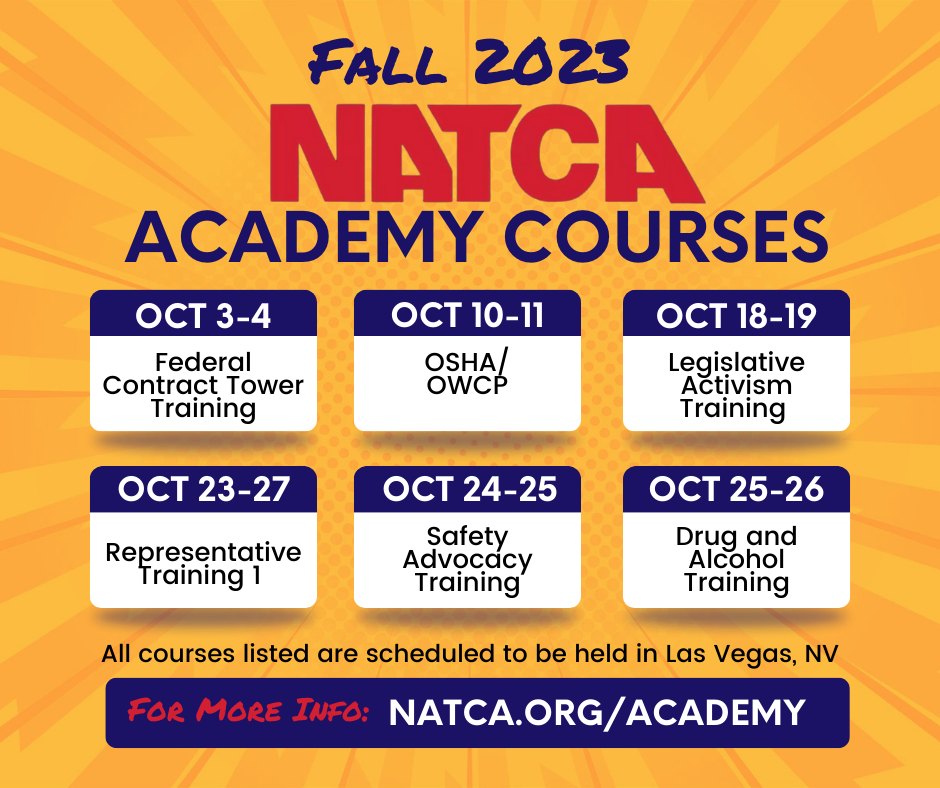
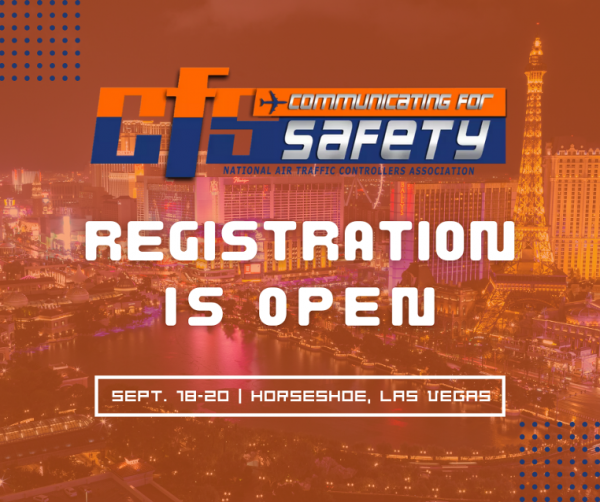
Registration for Communicating For Safety (CFS) 2023 is now open! Hosted annually by NATCA, CFS is the aviation industry’s leading conference focusing on safety, technology, and relationship building. This three-day conference is the only one to focus specifically on the air traffic needs of all members of the aviation community who are affected by the National Airspace System (NAS). CFS will take place Sept. 18-20 at The Horseshoe (formerly Bally’s) in Las Vegas.
Don’t wait to register! This year, if you register on or before August 18, there will be lower pricing for the conference registration and tickets for the Archie League Medal of Safety Awards banquet. Register for CFS and buy banquet tickets here: https://www.natca.org/events/cfs/
Our region has a robust team of leaders that do tremendous work for our members behind the scenes. Each of them has expertise in the area of work they do for NATCA.
In our new “Meet Your Leaders” social media series, we will hear from each of these leaders as they explain what they do for the union and how it benefits all of our members.
Be sure to check out our Facebook and Instagram accounts over the next few months to learn about these hard-working leaders!
